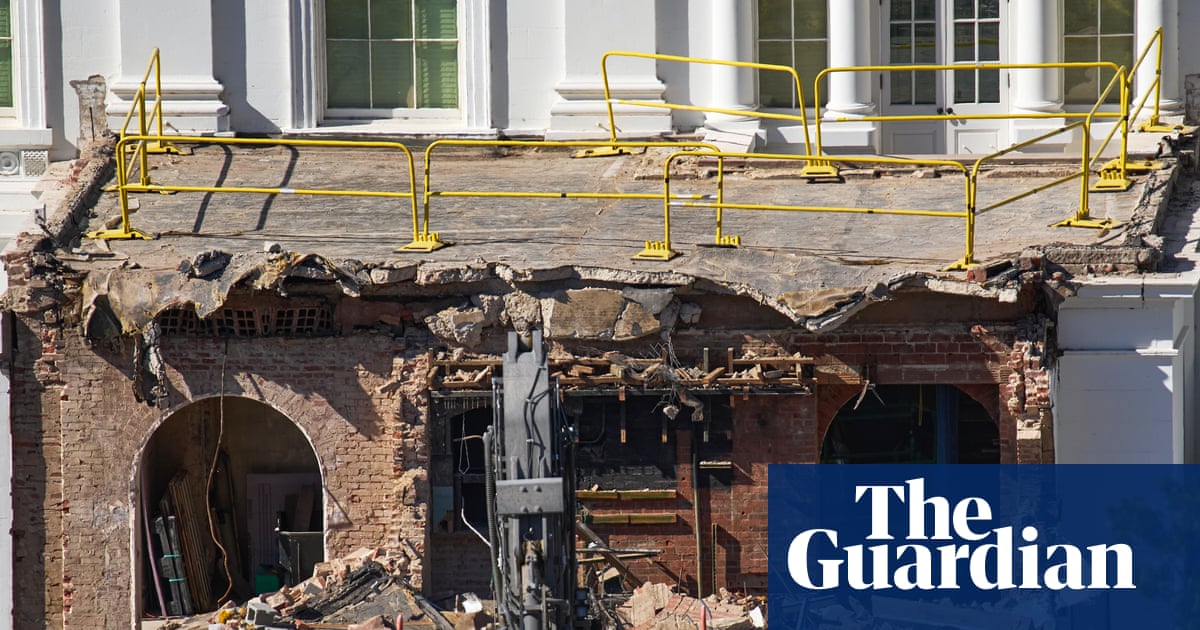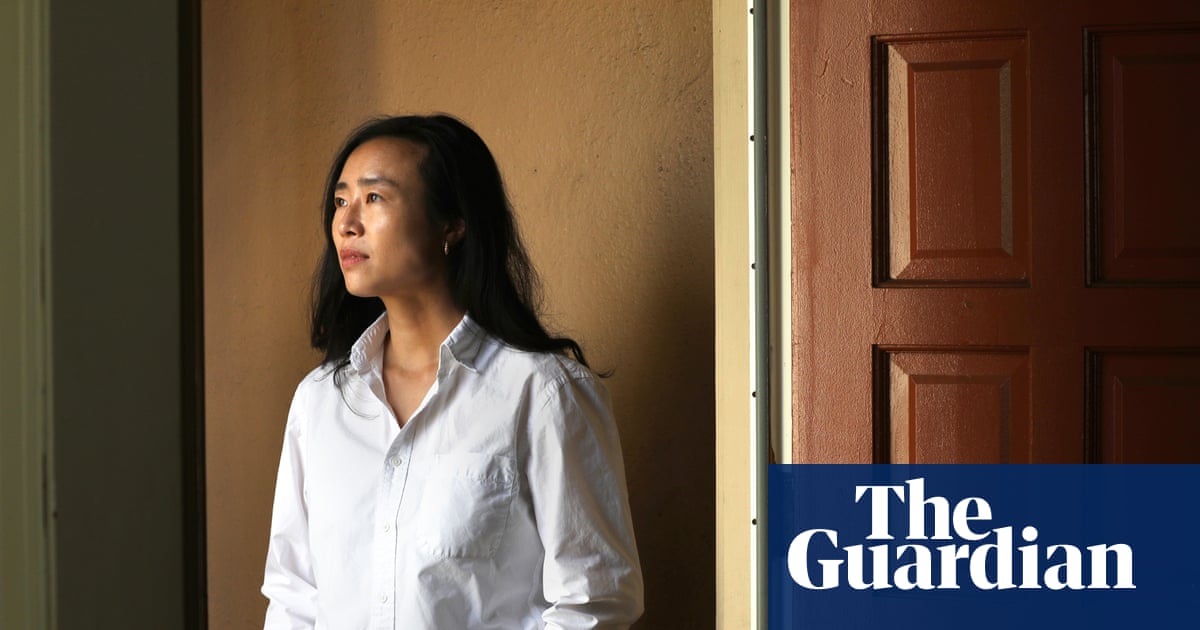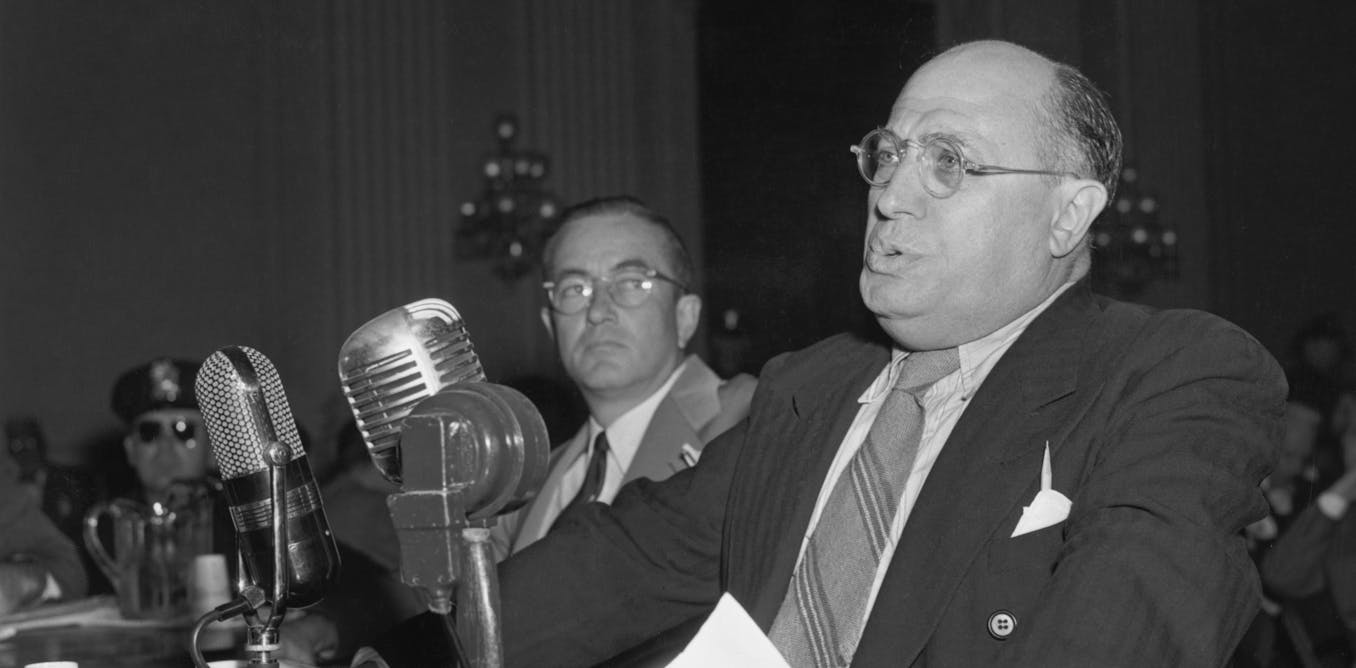By Andrew Chung
(Reuters) -President Donald Trump's administration has told the U.S. Supreme Court he needs to deploy National Guard troops to the Chicago area in part because local police have failed to respond to what the Justice Department described as mob violence by people protesting his aggressive immigration enforcement.
Those law enforcement agencies have given the nine justices a starkly different account of protests they called limited in scale, detailing in court filings how they have responded on specific dates and explaining how a unified command they set up to coordinate efforts dealt effectively with the demonstrations.
This is just one of many contrasts in how events on the ground are being portrayed in the case, creating for the justices what may be a dilemma over who to believe as they mull the Justice Department's October 17 emergency request to allow the deployment. A federal judge has temporarily blocked the move, rejecting the administration's legal rationale and its version of events. The Supreme Court could act at any time.
The Justice Department relied heavily in its Supreme Court request on two written statements to justify its stated need for the National Guard to protect federal agents and property. The statements by Immigration and Customs Enforcement agency official Russell Hott and Border Patrol official Daniel Parra portray the situation on the ground as dire and dangerous.
The Justice Department cited Hott's declaration 37 times in its 40-page application to the Supreme Court, and Parra's 15 times, a Reuters analysis showed.
Chicago-based U.S. District Judge April Perry found the sources of the administration's facts to be unreliable, a determination an appeals court upheld.
"In addition to demonstrating a potential lack of candor" by Hott and Parra, Perry wrote in her decision, "it also calls into question their ability to accurately assess the facts."
In the U.S. legal system, trial judges and juries have the primary role in fact-finding, with higher courts generally deferring to those conclusions.
"Here, the district judge carefully detailed the factual record and found it 'impossible to align' with the statements in the affidavits submitted by the administration. The judge also raised serious credibility concerns with those statements," said Brandon Garrett, a Duke University School of Law expert in legal evidence.
Garrett said it would be "all the more problematic for the Supreme Court to engage in fact-finding which is outside of its role as an appellate court."
University of Chicago constitutional law professor Aziz Huq said it is not surprising for the court to be encountering a major gap between versions of events given its increasing willingness to settle weighty matters on its so-called emergency docket - as in this case - before the facts of a dispute have been fully determined.
"The Supreme Court has created a situation in which the ordinary process for settling factual disputes no longer exists in these cases," Huq said.
The Justice Department declined to comment. An ICE spokesperson said that agency "is not going to comment on court documents and pending litigation." The Department of Homeland Security and Customs and Border Protection did not respond to requests for comment.
DOMESTIC DEPLOYMENTS
In their legal challenge to Trump's deployment, the city of Chicago and state of Illinois have said he is using protests that have been limited in size and severity as a pretext to dispatch troops to punish adversaries and stifle dissent. They noted that Trump has talked about sending the military into Democratic-led cities like Chicago for years.
Trump since June has deployed troops to various Democratic-led jurisdictions in an extraordinary expansion of the use of the military for domestic purposes. Trump also has sent them to Los Angeles, Memphis and Washington, D.C., and has sought to dispatch them to Portland.
Challenges to those deployments are playing out in other cities. A judge who already has blocked the Portland deployment is set to preside over a trial beginning on Wednesday.
GLARING DIFFERENCES
A comparison of statements provided by both sides as evidence in the case reveals important differences in how the situation in Chicago and at a federal immigration processing facility called BSSA in the suburb of Broadview is being described, including the nature and size of protests and the response of local and state authorities.
Hott stated that "riots at the BSSA escalated from September 12 to the present," alleging blocked traffic, vandalized property and assaults on personnel. Broadview Police Department Chief Thomas Mills, in his own written statement, never mentions a riot or rioters, and said protesters number typically fewer than 50.
On the use of tear gas and pepper spray near the BSSA, Parra said federal agents take such steps only after issuing warnings and only against "assaultive subjects." But Mills called this use by federal agents indiscriminate and "unlike anything I have seen before," sometimes targeting a protest with no more than 10 people.
The Hott and Parra statements use nearly identical language in detailing an October 4 incident in which a Border Patrol agent shot and wounded a female driver in Chicago who allegedly aimed her car at the agent, the Reuters analysis found.
For instance, both statements include the following passage: "Approximately 200 rioters converged near the scene of the shooting at three separate locations. Over the next four hours, rioters threw objects at agents, including glass bottles and traffic cones, and forcefully pushed the agents. The Chicago Police Department initially refused to assist, but over one hour later, they provided perimeter security."
The gender of the federal agent who shot the woman was changed from male in the Hott and Parra statements to female in the Justice Department's later Supreme Court filing.
"A declaration or affidavit is far less credible if it uses repeated text or legal language," Garrett said. "A hearing can shed more light on such documents. And that kind of fact-finding is the role of a district court. The Supreme Court is not in a position to carefully evaluate a factual record."
The National Guard serves as state-based militia forces answering to state governors except when called into federal service by the president. Trump has relied on a law that lets a president deploy state National Guard troops to suppress a rebellion or if he is "unable with the regular forces to execute the laws of the United States."
Trump's administration federalized 300 Illinois National Guard troops and ordered more Texas National Guard troops into Illinois.
WINNING WAYS
In almost every challenge to Trump's actions since he returned to office in January, the Supreme Court has ruled in his favor, often lifting orders imposed by district court judges.
"The Supreme Court does not appear to give a great deal of weight to district court findings of credibility. To my mind, that is a very problematic stance for the court to take," Huq said.
"It suggests that the Supreme Court has the power not just to pick and choose what the law is, but it has the power to pick and choose what the facts are," Huq added.
Perry, appointed by Democratic former President Joe Biden, issued a temporary restraining order blocking the deployment as likely violating the federal law establishing preconditions for use of National Guard troops as well as the state's rights under the U.S. Constitution's 10th Amendment.
Perry faulted the statements by Hott and Parra for "equating protests with riots and a lack of appreciation for the wide spectrum that exists between citizens who are observing, questioning and criticizing their government, and those who are obstructing, assaulting or doing violence."
A three-judge panel of the Chicago-based 7th U.S. Circuit Court of Appeals unanimously left Perry's order in place, concluding "the facts do not justify the president's actions in Illinois." Two of the three judges were appointed by Republican presidents, including one by Trump.
Richard Friedman, a University of Michigan Law School expert on evidence and the Supreme Court, said if the justices apply normal standards, they would overturn the district judge's factual findings only if they are "clearly erroneous" - a high bar, Friedman said.
That form of deference may yield to another in this case, given it involves the president and his power over military matters.
"The court will presumably give a great deal of deference to the executive," Friedman said.
(Reporting by Andrew Chung; editing by Amy Stevens and Will Dunham)

 German (DE)
German (DE)  English (US)
English (US)  Spanish (ES)
Spanish (ES)  French (FR)
French (FR)  Hindi (IN)
Hindi (IN)  Italian (IT)
Italian (IT)  Russian (RU)
Russian (RU) 























Comments